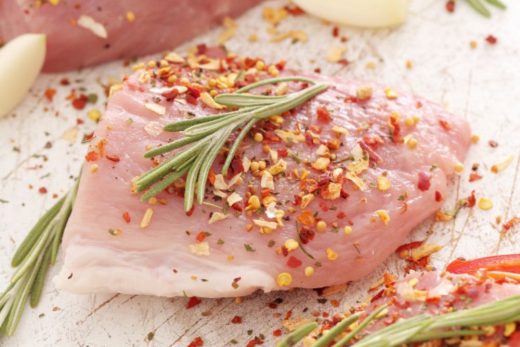So, what is Israeli food? The closest thing to a one-sentence answer: a cross-fertilization of all of the above, and it’s still evolving. Arab and Jewish, Eastern Europe and North Africa, religious and secular.
Most of my trip was centered in and around Tel Aviv, with a day in Jerusalem, and a drive up north to the seaside town of Acre. Some reoccurring themes all over: olives, falafel, fresh vegetable salads, pita, filo dough pastries, and many (many!) bowls of hummus.
While boreks can be made with puff pastry or yufka, a more rustic pastry dough that sits midway between a pasta and phyllo in thickness and heft, the vast majority of Armenian boreks are made using phyllo dough. The most common filling for Armenian boreks is either a mixture of cheeses—typically melty ones like Muenster or Monterey Jack, tangy feta, and something creamy, like cottage or cream cheese—or a combination of cheese and cooked, well-drained spinach. Aromatic herbs and alliums like parsley, dill, and scallion are common additions to either style, and eggs are usually added as a binder.





